Story B
Creating a culinary culture
Let’s (soon) design meat - it will be fun!
If “large-scale cell cultivation” becomes a reality in ordinary homes, what kind of culinary culture will we see? Let’s have a look at a possible recipe with cultivated meat to help imagine the future culinary culture.
Receipe - 01
Steak with the CulNet system
There are many kinds of meat and people with different tastes. And the CulNet system can deliver these meats and tastes. What can be imagined can be grown.

Husband:
What should we have for next Sunday?

Wife:
Chicken sounds nice to me.

Husband:
Oh? I felt like having beef.

Wife:
Hang on. Somehow, I really wanna try lobster too!
How to make
Beef, chicken and lobster steak

Step 01
Set the CulNet system with cells of chicken, beef and lobster. Then add sufficient amount of culture medium.

Step 02
It takes a few days for the CulNet system to cultivated meat. Relax and feel excited about new meat being grown.

STEP 03
Here, we have the ready and cooked delightful mixture of beef, chicken and lobster. We may decorate the meat by adding different colors, with something like Euglena. “Designed meat” is not just about the ingredients - its appearance can also be tailored.
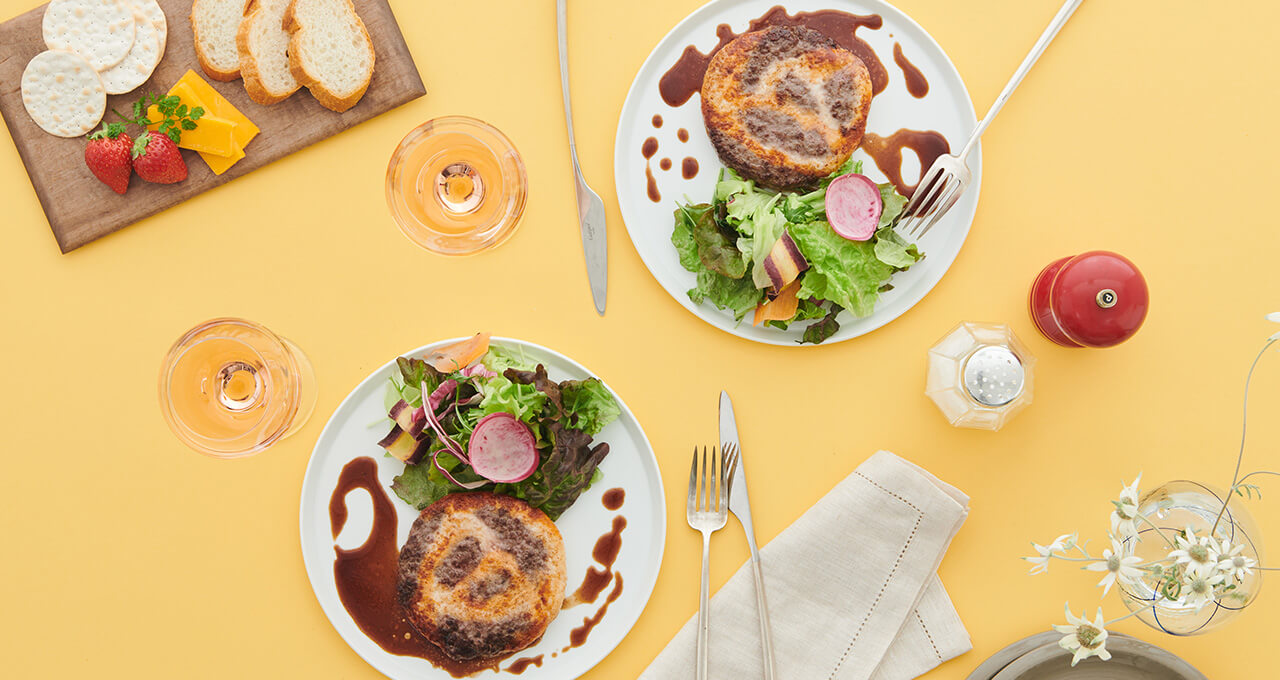

Wife:
Yummy! This is the first time I’ve tried such a flavor!

Husband:
Each flavor goes well together. They really add to each other.
The CulNet system can easily create an original steak that combines various tastes!
Cultivated meats using animal cells can be used in various combinations on top of the above examples. Trial and error, and eventually a bull’s eye of new flavor - the CulNet system opens new horizons of culinary culture.
Receipe - 02
Bento lunches by CulNet system
Bento lunch box are fun. With bento lunch boxes, wouldn’t you like to make something customized that is ideal for the whole family? The CulNet system can meet your specific needs.

Grandfather:
The doctor told me to go easy on cholesterol.

Father:
It feels like I need more calcium these days.

Child:
Hey, is there any type of food that can make me smarter?

Mother:
You guys are quite picky, aren’t you? Why don’t we check with the CulNet system?
How to
Everyone’s unique, and unique meats for all!

STEP 01
Set requested starter cells into cartridges for each family members.
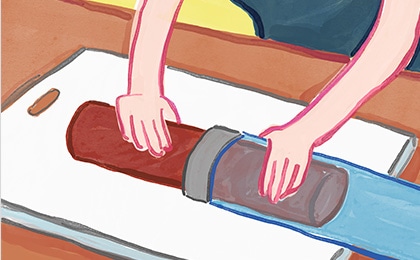
STEP 02
Remove the prepared cultivated meat from the cartridge.
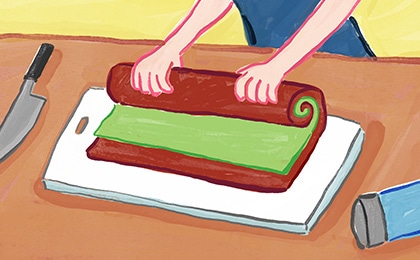
STEP 03
Meat rolls are made from each of the cultivated meats. The time required to complete the process may vary depending on how it was customized.
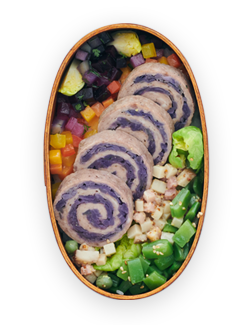

Father
A Bento box with increased calcium content.
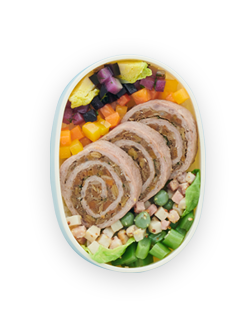

Mother
A standard cultured meat bento box.
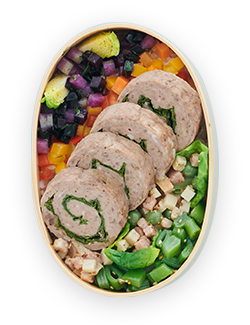

Grandfather
A bento box with low cholesterol levels.
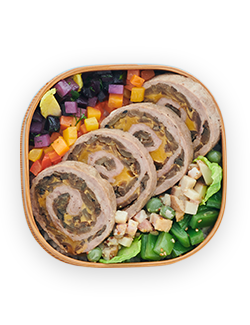

Child
A bento box with increased DHA content.

Grandfather:
This meat is tasty. Not only that, but it has less cholesterol. I’m happy with what I have.

Father:
I can eat meat and compensate for calcium deficiency. Wonderful.

Child:
I’ll eat this and try for better grades!

Mother:
The CulNet system helped me much to make bento boxes fit for everyone!
The CulNet system creates customized meat for everyone to make all family members happy!
Expectations for food can include tastes, nutrition, personal preferences and health benefits. The CulNet system can deliver to these requests with individually customized meat. The CulNet system creates new lifestyle by fulfilling everyone’s wishes on food.
Note from a chef
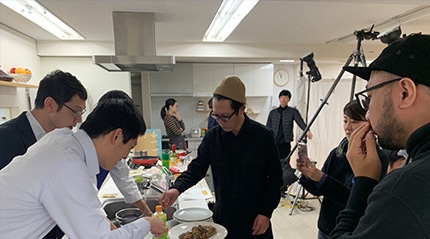
How would designed meat taste like?
A professional chef simulates “new meat” recipe by conventional meat
At first I couldn't imagine what it would taste like. After a bite, I sensed mixed flavors of beef and chicken in harmony, and from another bite, it was chicken and lobster. It was a savory and fun experience!
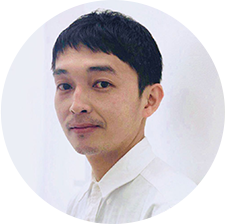
Chef
HIroyuki Kuwana
A chef and future food researcher. While working at Royal Park Hotel, he served as chief chef to the Consulate General of Montreal in Canada. He was awarded the Best Chef in the Ambassador’s Official Residence Award from the Ministry of Foreign Affairs, Japan in 2010. He also researches future foods longside his activities as a chef. He collaborates with cutting edge food technology startup companies in the fields of cell-based meat and microalgae.
Other stories

Story A - Solving the grand challenges
The ecological footprint of meat wrecking the planet.
Sustainable protein is a grand challenge for humanity. Integriculture Inc. is developing a general-purpose large-scale cell culture technology to supply sustainable and affordable protein for all households. This page briefly explains what is at stake from social and environmental point of view.

Story C - Proposing a new life style
Not just a change in meat, but in the lifestyle of the future too.
“Mass cell cultivation technology” does not only just produce meat, but also introduces various changes to products that can bring about happier lifestyles. What is this? What kind of change is it? Let us look at a possible evolved lifestyle in the future.
